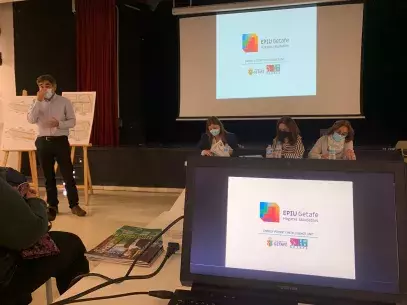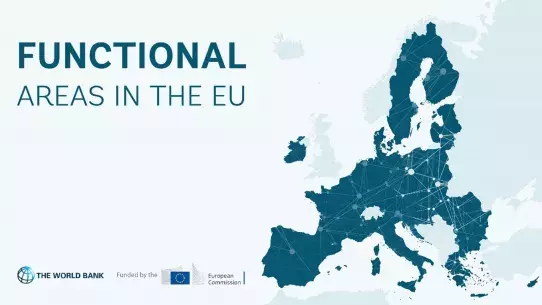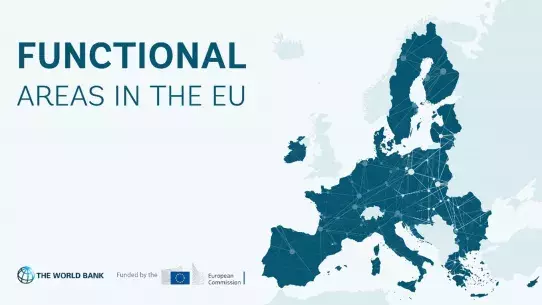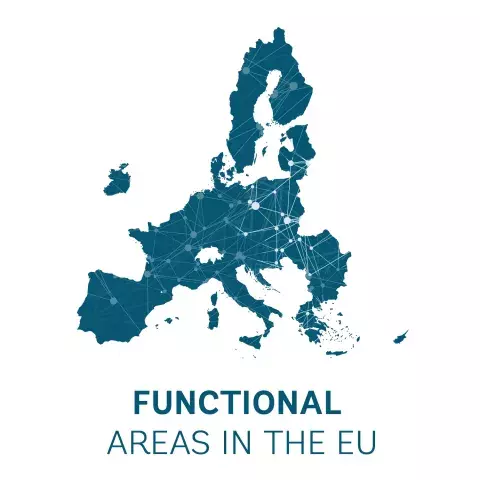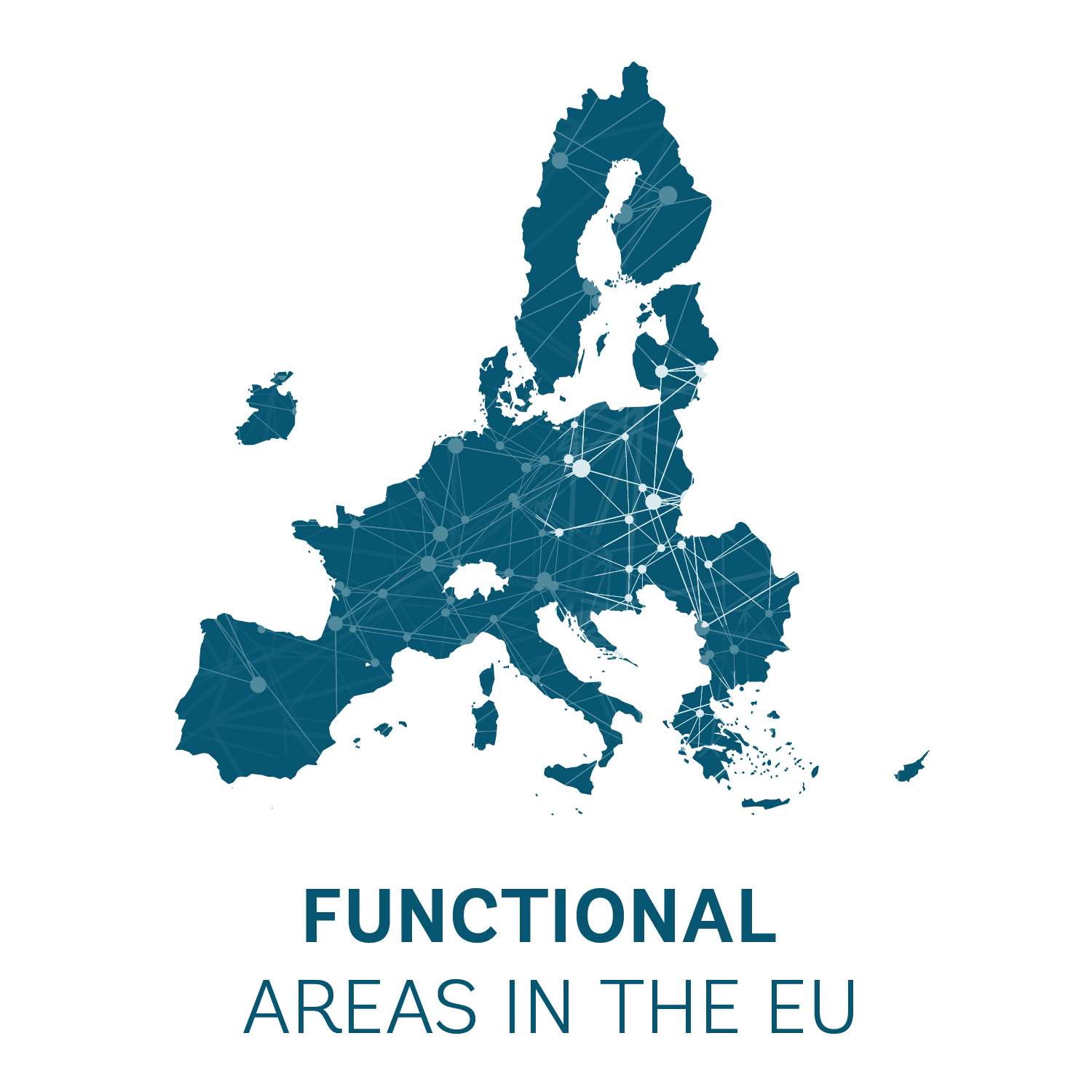
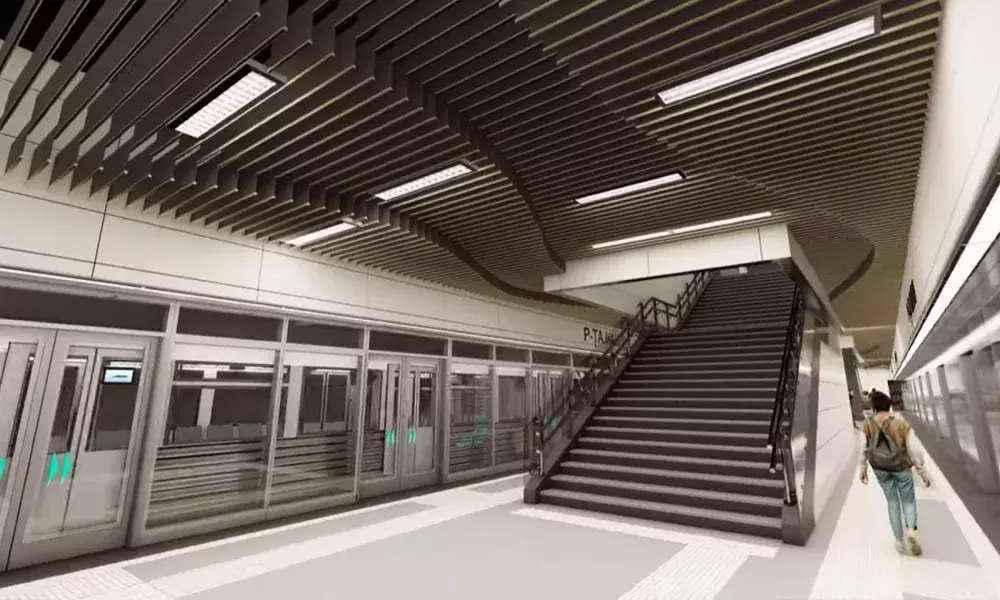
GREEN MOBILITY Challenge Cluj-Napoca experienced the highest economic growth in the EU in the last 20 years. This performance is largely based on the attraction of new talents from Transylvania, other regions of Romania and even other countries. Because of the increasing housing prices and limited land availability, most young inhabitants settled in the neighbouring communes from the Metropolitan Area. Florești amasses at the moment around 60-70,000 inhabitants, a tenfold growth against 2002, while Baciu and Apahida doubled their population to approximately 20,000 each. The existing metropolitan public transport system uses only buses that are sharing the same roads as huge flows of personal cars used by daily commuters to the city. The lack of a rapid public transit infrastructure at metropolitan level still makes private car use the preferred alternative. SolutionIn April 2019, the Municipality of Cluj-Napoca initiated a partnership agreement for the preparation of pre-feasibility, feasibility and environmental impact studies for a rapid public transit infrastructure, that includes a metro line connecting Gilău, Florești and Cluj-Napoca, respectively a metropolitan train line between Gârbău, Baciu, Cluj-Napoca, Apahida, Jucu and Bonțida. The partnership agreement was signed by the seven mayors and stated that all costs related to project preparation (over € 7 mil.) will be covered by the Municipality of Cluj-Napoca. The per se elaboration of feasibility studies for the metro line started in April 2020 and was finalized in November 2021, when the project was adopted by the Local Council of Cluj-Napoca. In January 2022, another partnership agreement for the implementation of the project between the local administrations in Cluj-Napoca and Florești has been signed. This line is over 21 km long and includes 19 stations, between the Commune of Florești and the western part of Cluj-Napoca, with a total capacity of 164,000 passengers per day by 2030. The project will be finalized in 128 months and the total investment was estimated at more than € 2 bln. The first 9 stations (Phase I) and more than 10 km of metro line through the city will be built with the financial support of the National Recovery and Resilience Plan (€ 300 mil.) and have to be finalized by the end of 2026. The international public tender for the construction works is ongoing and the contractor will be end of 2022. It is important to mention that the beneficiary of this investment is the Ministry of Transport and Infrastructure, but the current legislation in Romania allows local public authorities to prepare and even implement major investment projects in behalf of the central ones. Cluj-Napoca, together with Oradea, were among the first cities that benefited from this legislation update with the purpose of accelerating some major projects that are vital for their future development. The metropolitan train line, that is planned to connect with the metro one in the western part of the city, is still under preparation by the same contractor. The train line will be approximately 40 km long and will serve the second most important commuting corridor of the city. The preliminary results of the study show that the project is more complex than the initial estimations and will involve building not only the train line and multiple new station with parking facilities for commuters and visitors, but also car and pedestrian overpasses. More technical and financial solutions are currently analysed to balance the costs and benefits and to access EU funding for the implementation, under the 2021-2027 Transport Operational Programme. The challenges for the coming years are related with the implementation of such a major project in the central part of the city, with high density of old buildings, complex geological structure of the underground and heavy traffic. This was actually one of the main concerns indicated by the citizens during the different public consultation events with the stakeholders. A second challenge is related to finding enough financial resources for the implementation of the whole metro line project, especially in the context of increasing inflation. The third one concerns the feasibility of the metropolitan train infrastructure in terms of cost-benefit analysis. Other best practices Tourism, culture and brandingHarnessing the Untapped Potential: The All-Season Tourism Masterplan for Jiu ValleyJiu Valley & Jiu ConurbationContinue reading Best Practices | Urban regenerationUrban-rural linkages: regeneration of public spaces in the Cluj Metropolitan AreaCluj-Napoca Metropolitan AreaContinue reading Governance | Strategic planningIntegrated Development Strategy of Brno Metropolitan AreaBrno Metropolitan AreaContinue reading 12Next
About this resource
In 2021, the European Commission launched a pilot project to improve functional area approaches in the EU and has partnered with the World Bank to implement this initiative. As part of the project, the project team collaborated with 12 functional areas from seven EU countries, providing them with tailored technical support and assistance: Zagreb Urban Agglomeration (Croatia), Brno Metropolitan Area (Czech Republic), West Athens (Greece), Lake Balaton Area (Hungary), Kalisz-Ostrów Agglomeration, Kraków Metropolitan Area (Poland), Jiu Valley and Jiu Conurbation Functional Area, Caraș-Timiș Functional Area, Cluj Metropolitan Area, Oradea Metropolitan Area, West Ialomița Functional Area (Romania), and Trenčín Functional Area (Slovakia).
Similar content
